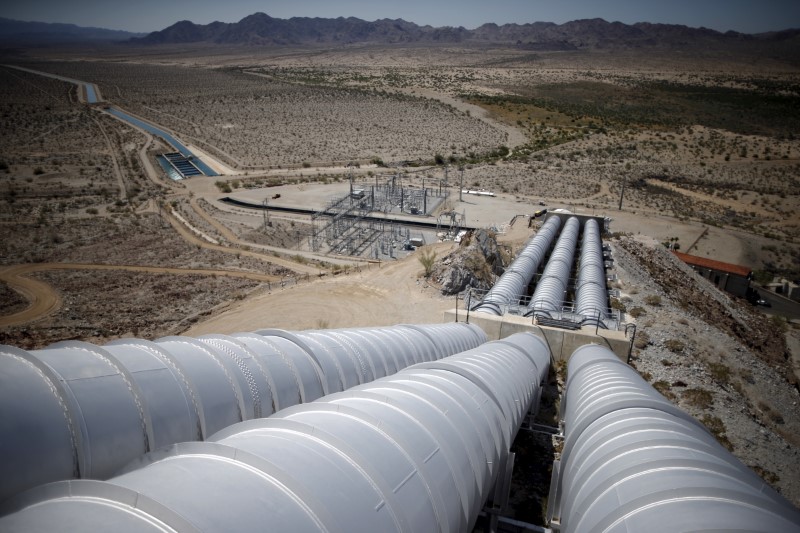* OPEC achieves 82 percent compliance with output cuts
* Brent and U.S. crude both trading in narrow ranges
* Forecasts of rising U.S. output caps prices (Updates prices in paragraph 6)
By Christopher Johnson
LONDON, Jan 31 (Reuters) - Oil prices rose on Tuesday after news OPEC oil production has fallen sharply this month, pointing to a strong start by the exporter group in implementing its first supply cut deal in eight years. Reuters survey showed on Tuesday crude oil supply from the 11 OPEC members with production targets averaged 30.01 million barrels per day (bpd) in January, versus 31.17 million in December. the Organization of the Petroleum Exporting Countries achieved 82 percent compliance with its promised production cuts, well above most market forecasts.
Compliance comfortably exceeds the initial 60 percent achieved when a similar deal was implemented in 2009, and the survey adds to indications that adherence so far has been high.
"This is very high, a good number," an OPEC source said of the January compliance estimate.
Brent crude oil LCOc1 was up 50 cents a barrel at $55.73 by 1455 GMT. U.S. light crude CLc1 was up 60 cents at $53.23.
Both benchmarks have traded within fairly narrow ranges over the last two months, since OPEC and other big exporters agreed to cut output by almost 1.8 million bpd in an attempt to clear a global glut.
After an initial price rise on hopes that markets would rebalance quickly, Brent and U.S. crude futures have both been held back by evidence of higher U.S. oil drilling and forecasts of a rebound in shale production.
U.S. shale output is slowly increasing, helping keep a lid on prices. Brent has been close to $55 a barrel and U.S. crude not far from $52.50 for most of January.
"OPEC adherence to production targets has been strong," said U.S. investment bank Jefferies, but added that U.S. drilling "activity levels are already picking up".
Following months of increased drilling, U.S. oil production C-OUT-T-EIA has risen by 6.3 percent since July last year to almost 9 million bpd, according to data from the U.S. Energy Information Administration.
Goldman Sachs (NYSE:GS) estimates that year-on-year U.S. oil "production will rise by 290,000 bpd in 2017" if a backlog on rigs that are still to become operational is accounted for.
The differing outlook between global oil markets and the U.S. market has focused attention on the spread between Brent and U.S. crude oil futures, also known as West Texas Intermediate or WTI. CHART: Brent crude futures curves and open interest
http://tmsnrt.rs/2jNTOw9
^^^^^^^^^^^^^^^^^^^^^^^^^^^^^^^^^^^^^^^^^^^^^^^^^^^^^^^^^^^>
